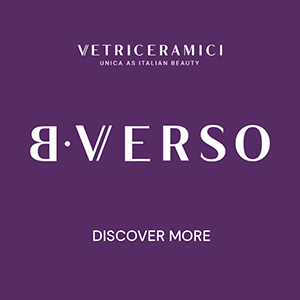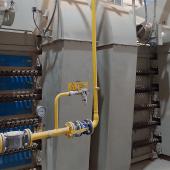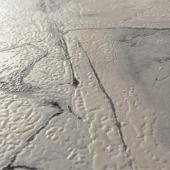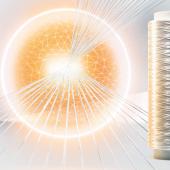SACMI DDG, the new frontier of ceramic decoration
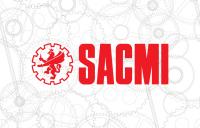
SACMI boosts the potential of its new digital modules, which apply texturing effects with both dry and wet materials. The outcome is a complete platform that frees surface decoration and 3D effects from the constraints of mechanical processes.
By Davide Medici, Sacmi Intesa (Salvaterra/Imola, Italy)
With its latest innovation in the field of glazing and decoration of ceramic surfaces, Sacmi responds to a dual market need that can be summed up in two words: product and process.
Driven by the need to differentiate their offerings from those of competitors, manufacturers are increasingly focusing on aesthetic research with the aim of creating products with the highest possible levels of sophistication. A process of continuous innovation of this kind can no longer rely solely on inks but needs to extend the concept of ceramic decoration to include glazes, powders and material texture effects.
At the same time the production process itself also needs to evolve, rethinking the digital device not just as an element that complements the traditional pressing and mechanical powder compaction phases but actually integrates with them, thereby contributing to totally smart order and production management.
With the aim of covering everything from product to process and developing ceramic production and decoration lines of unrivalled versatility, Sacmi’s research team has launched a new application of the new DDG Digital Decoration & Glazing series for the production of digitally textured, glazed and decorated products.
- Operation
The main innovation is the possibility of using the new DDG technology not just for the selective application of grits, glues and other dry and wet effects but also for creating textural surface effects.
In the new line layout the machine is duplicated, with one DDG module installed upstream and the other downstream of the digital inkjet decorating machine.
In practice, in the initial stages the machine can deposit grits and glues to create wood, natural stone and other effects and if necessary can combine them with full-tile glaze application. Following compaction and digital decoration thanks to integration with the SACMI DHD inkjet modules, the slab can be passed through a second DDG module for application of further surface texturing and glazing effects (e.g. the classic transparent top coat).
The result is a 3D surface decoration process free from mechanical constraints, giving manufacturers the utmost versatility in handling complex production mixes with high aesthetic value. In this innovative configuration, DDG and SACMI Deep Digital Line integrate and further extend the digital decoration and glazing concept to three-dimensional slab decoration, allowing for more efficient management of small batches, just-in-time production and frequent changes of size and texture.
Thanks to integration with the other digital devices present on the line (DHD ink printers and additional pre-forming powder filling devices such as the DGD for traditional PH presses and the DDD for Continua+ lines), Sacmi delivers a complete decoration ecosystem that meets all slab/tile decoration needs with the maximum versatility on a single platform.
Did you find this article useful?
Join the CWW community to receive the most important news from the global ceramic industry every two weeks














